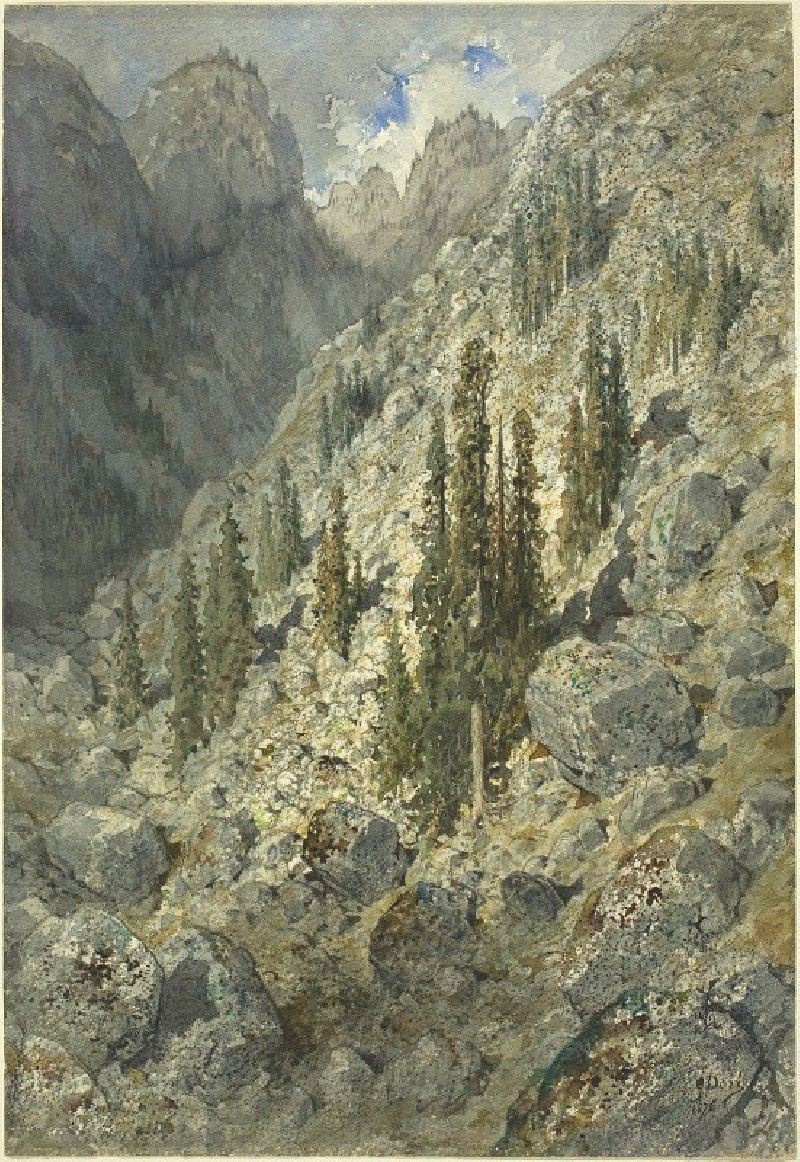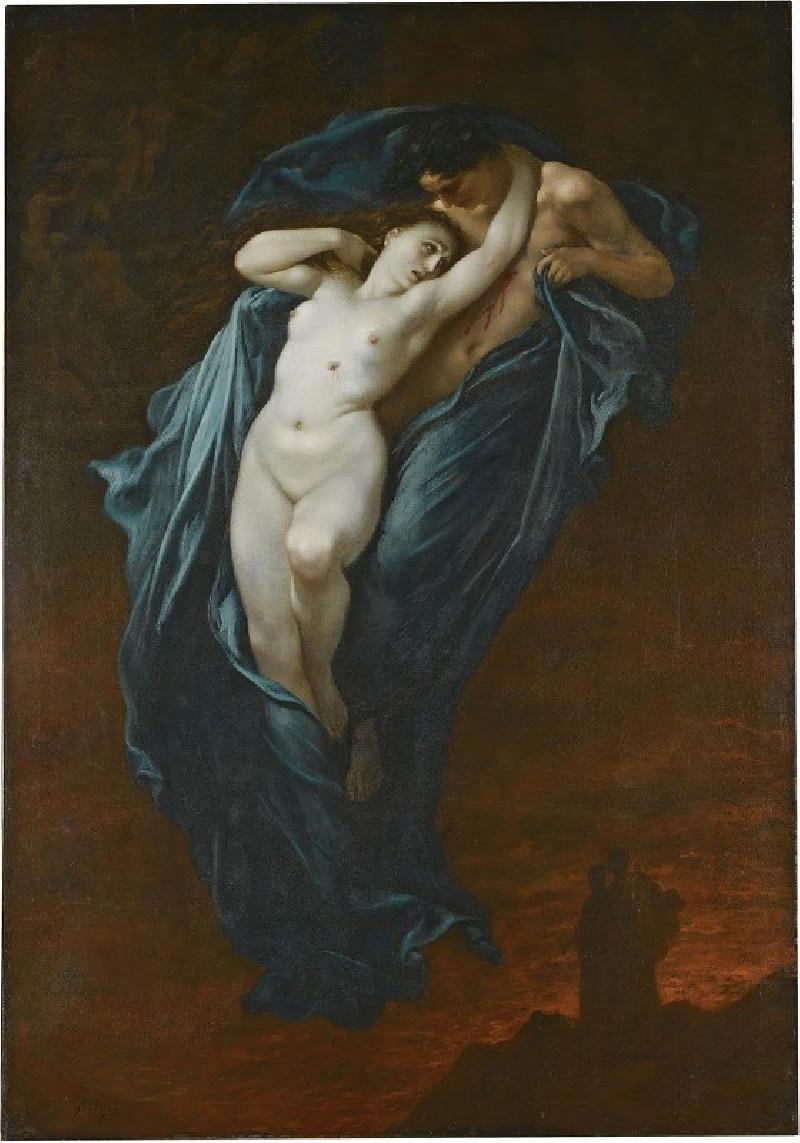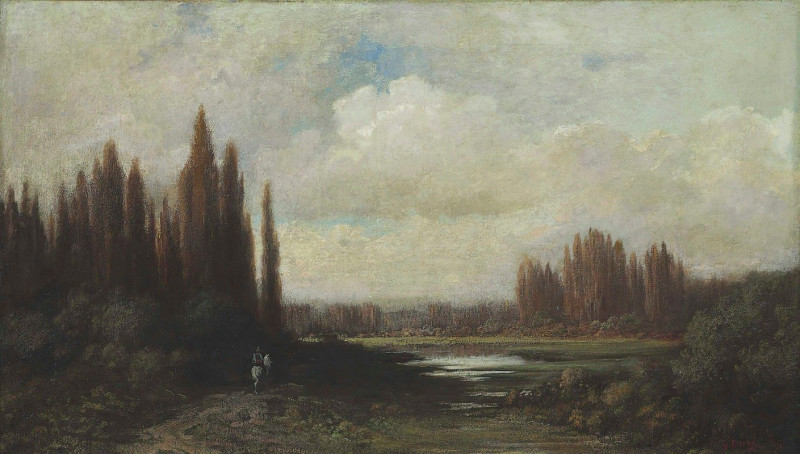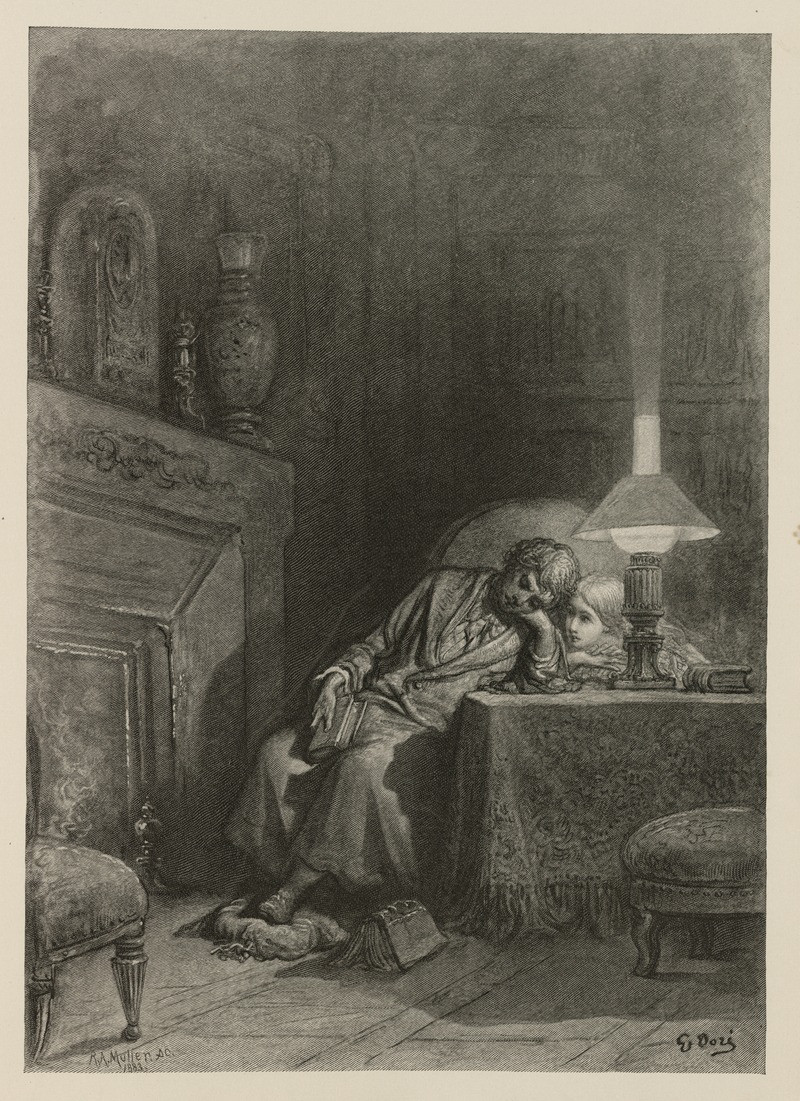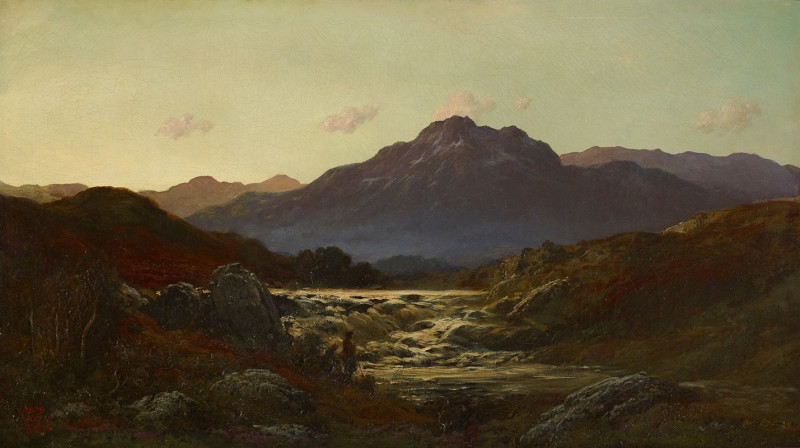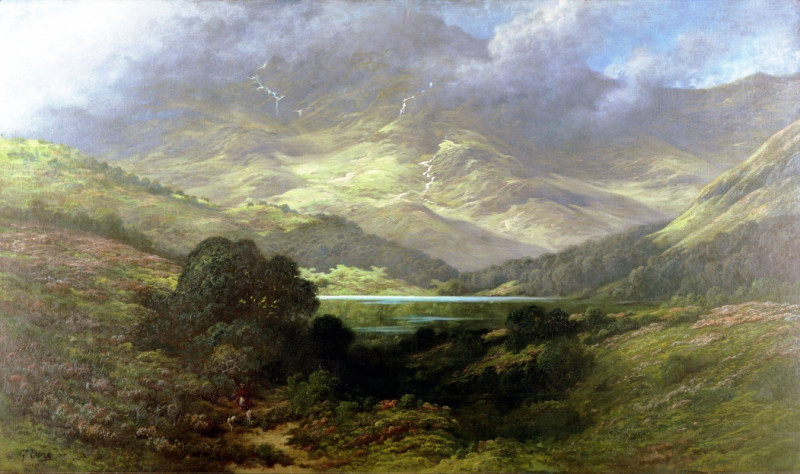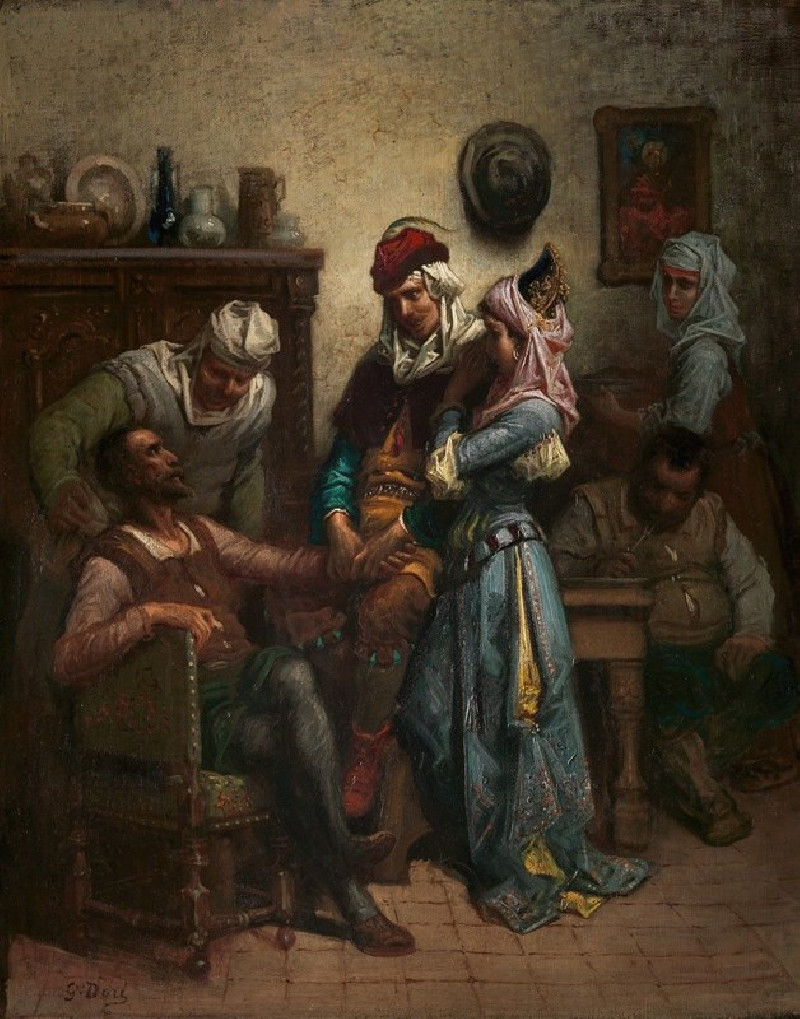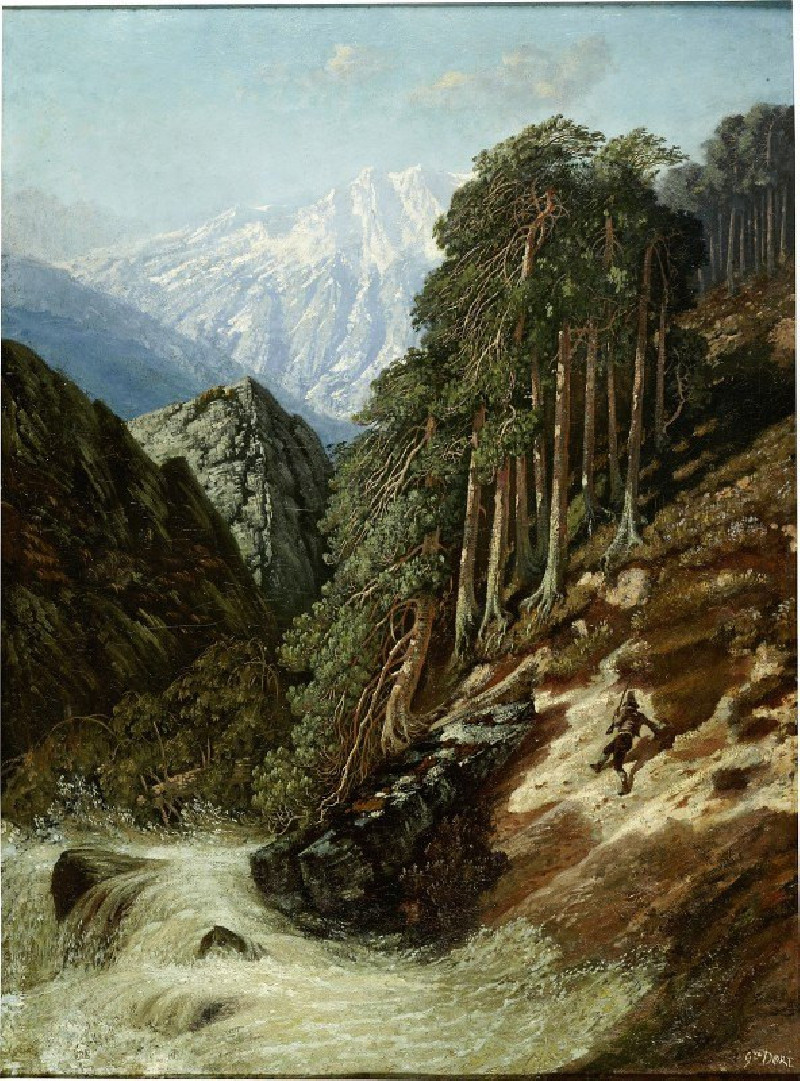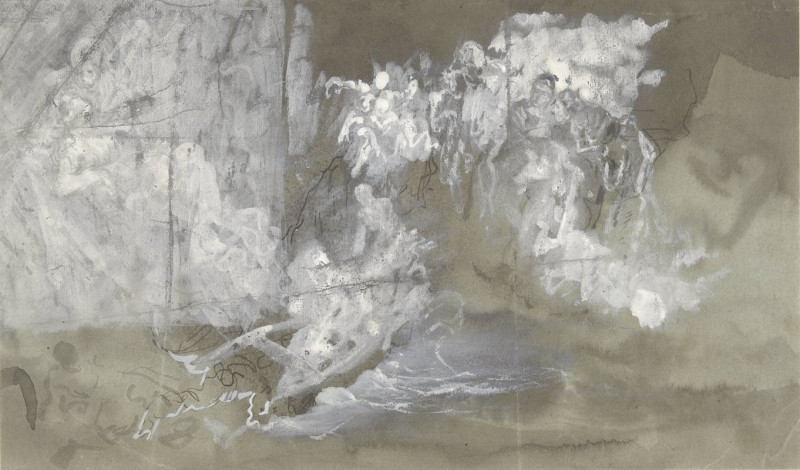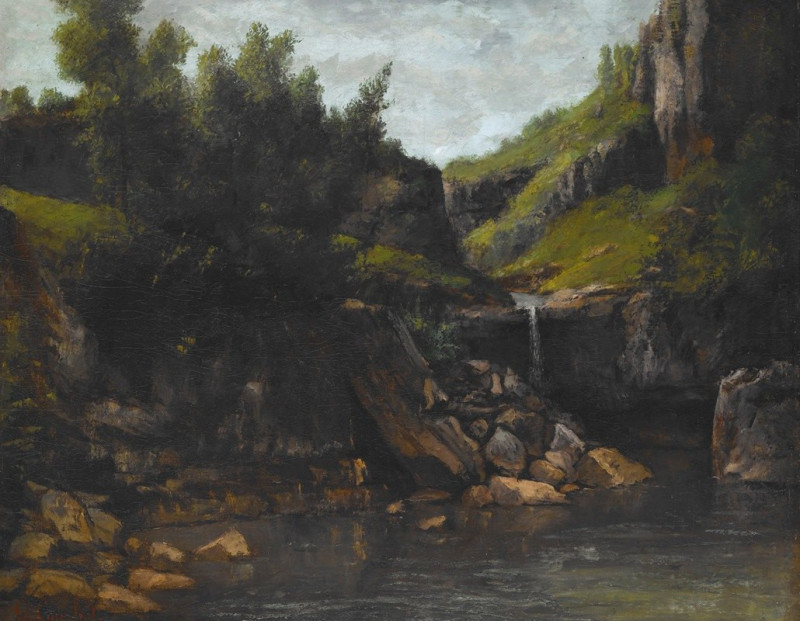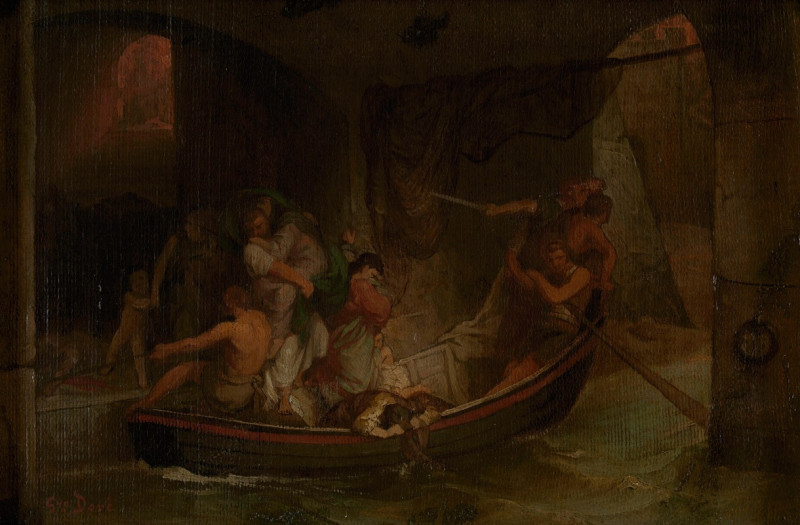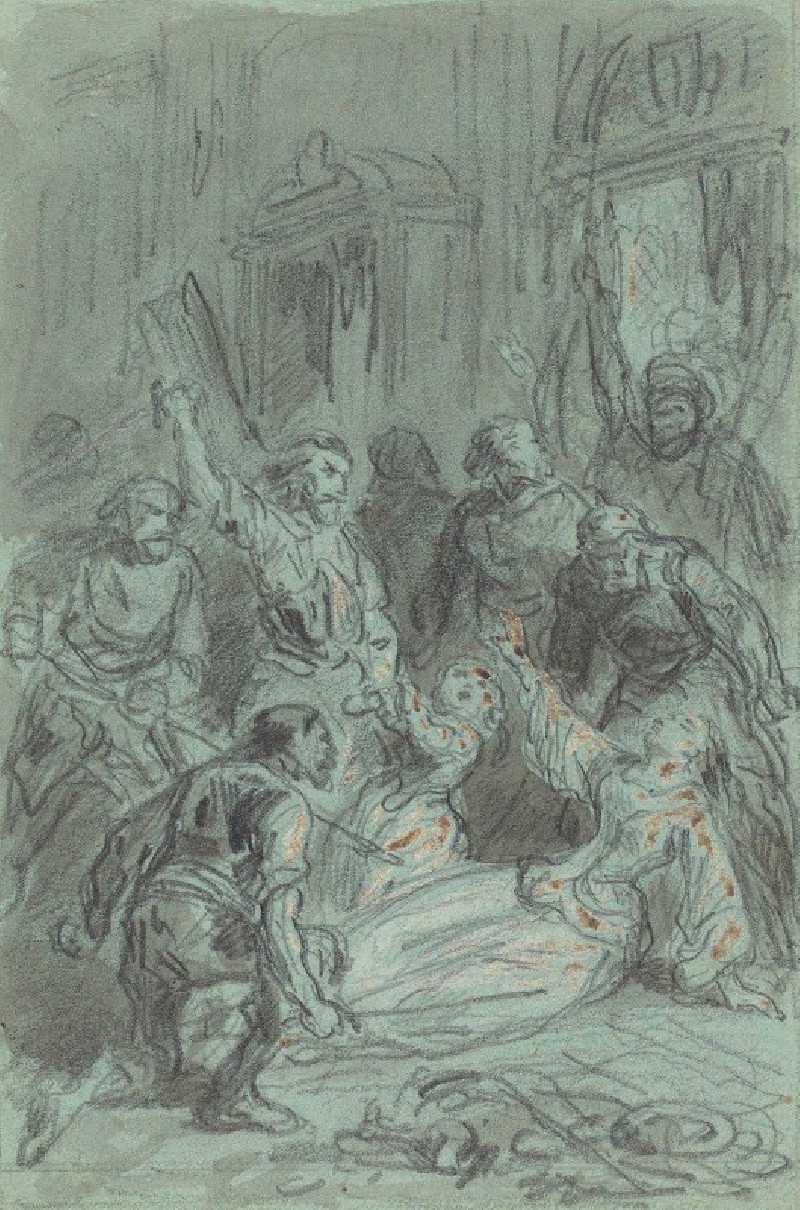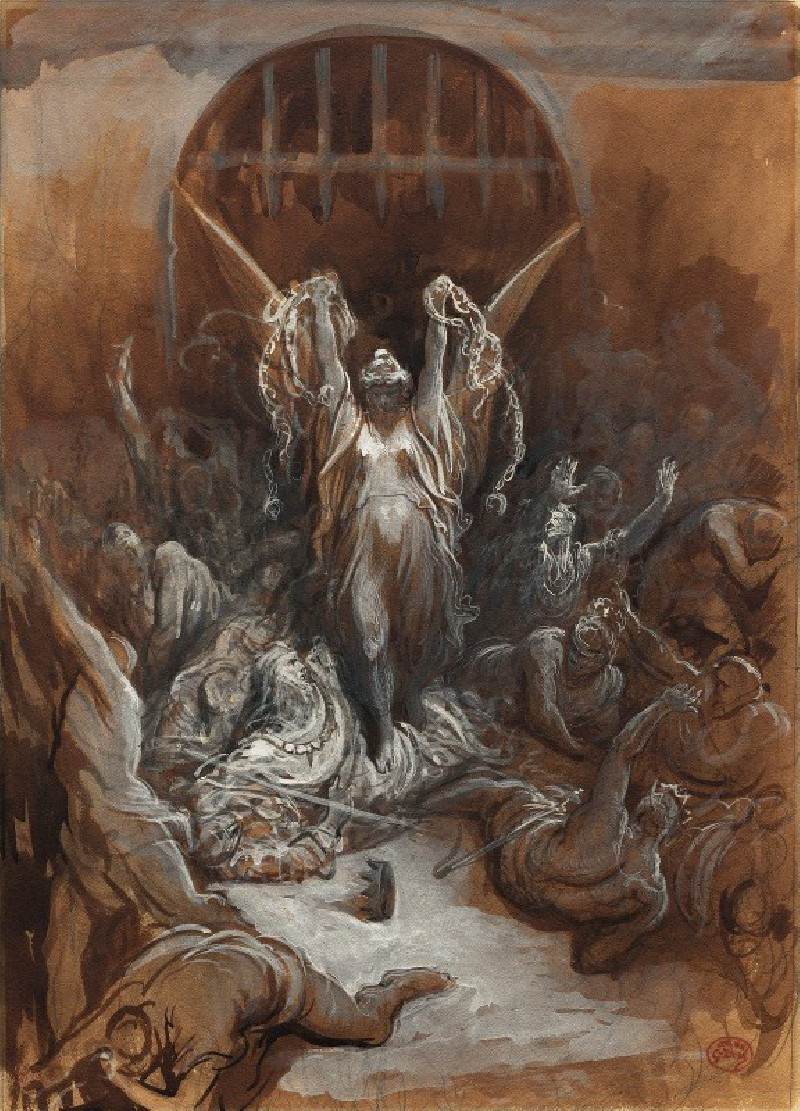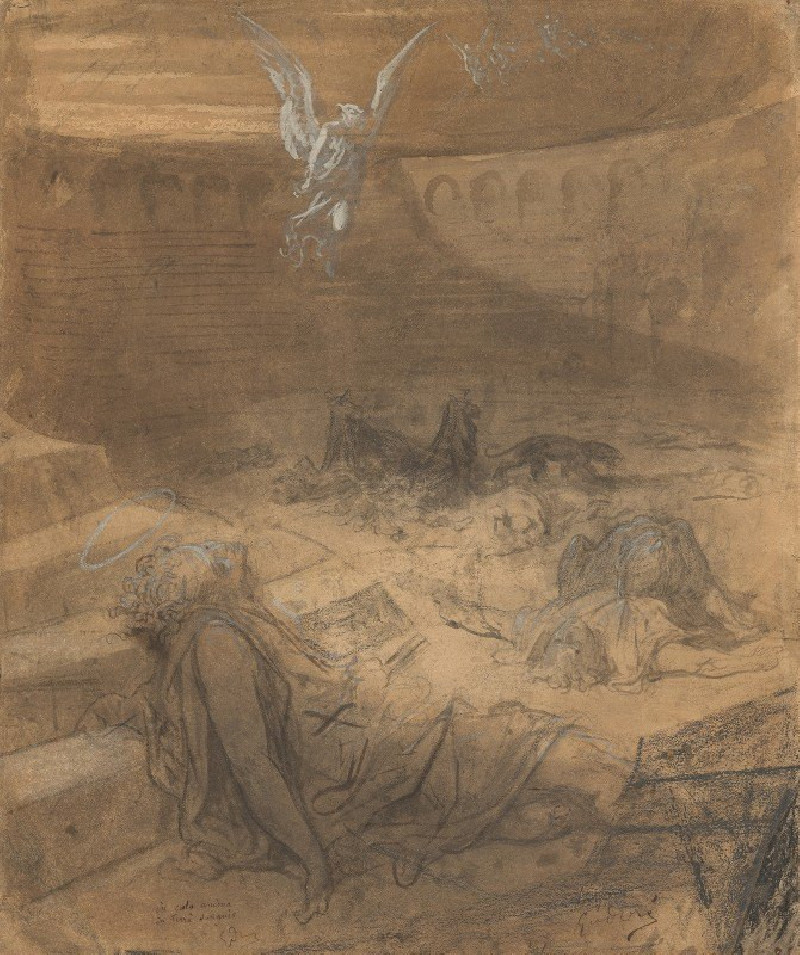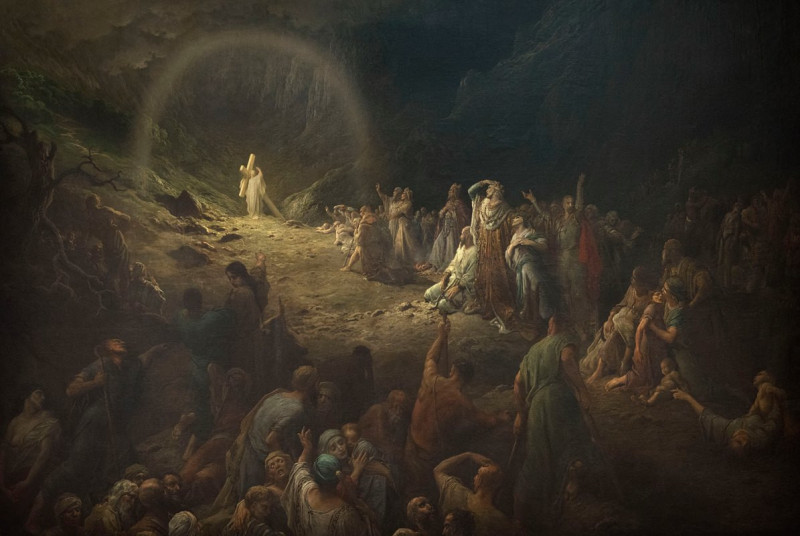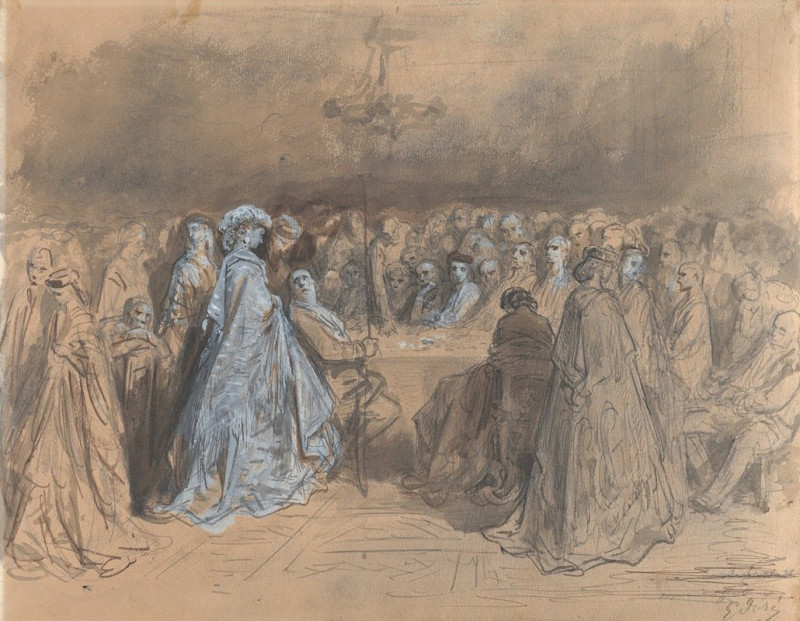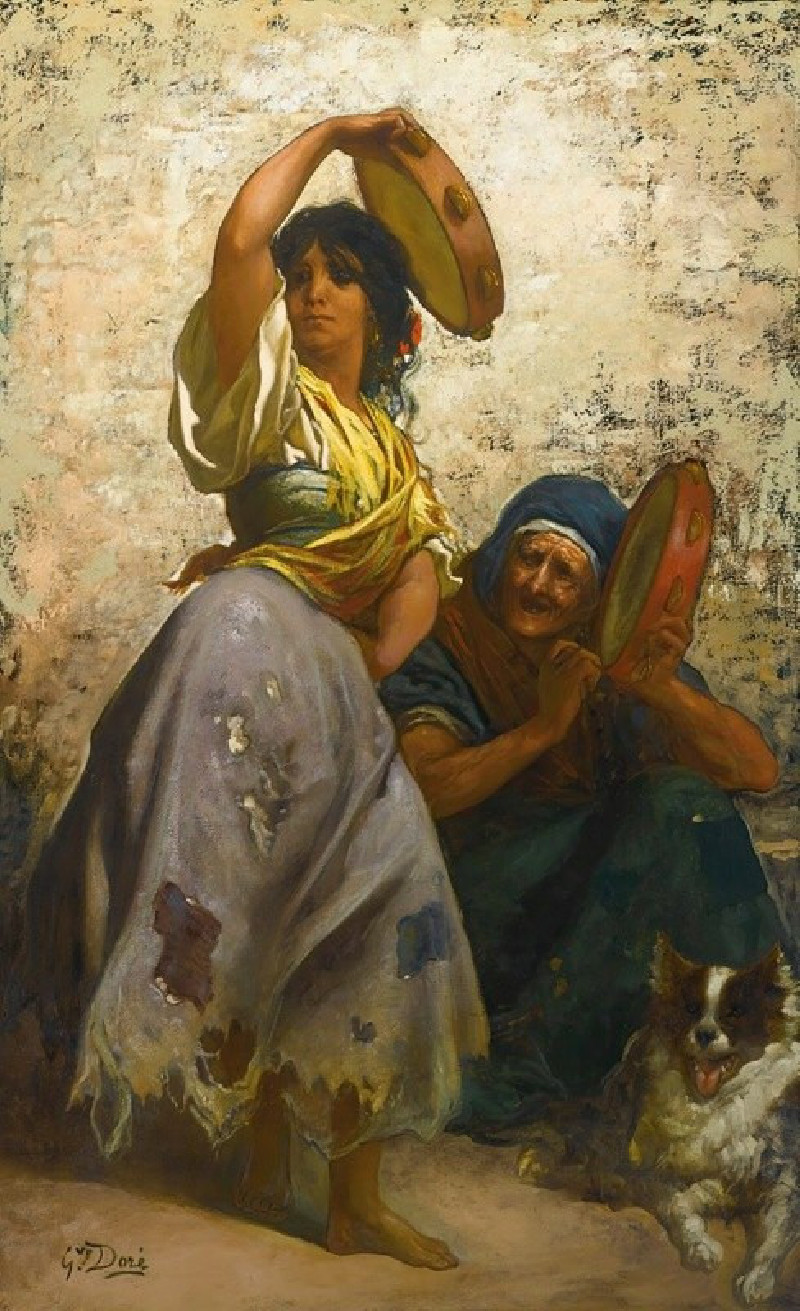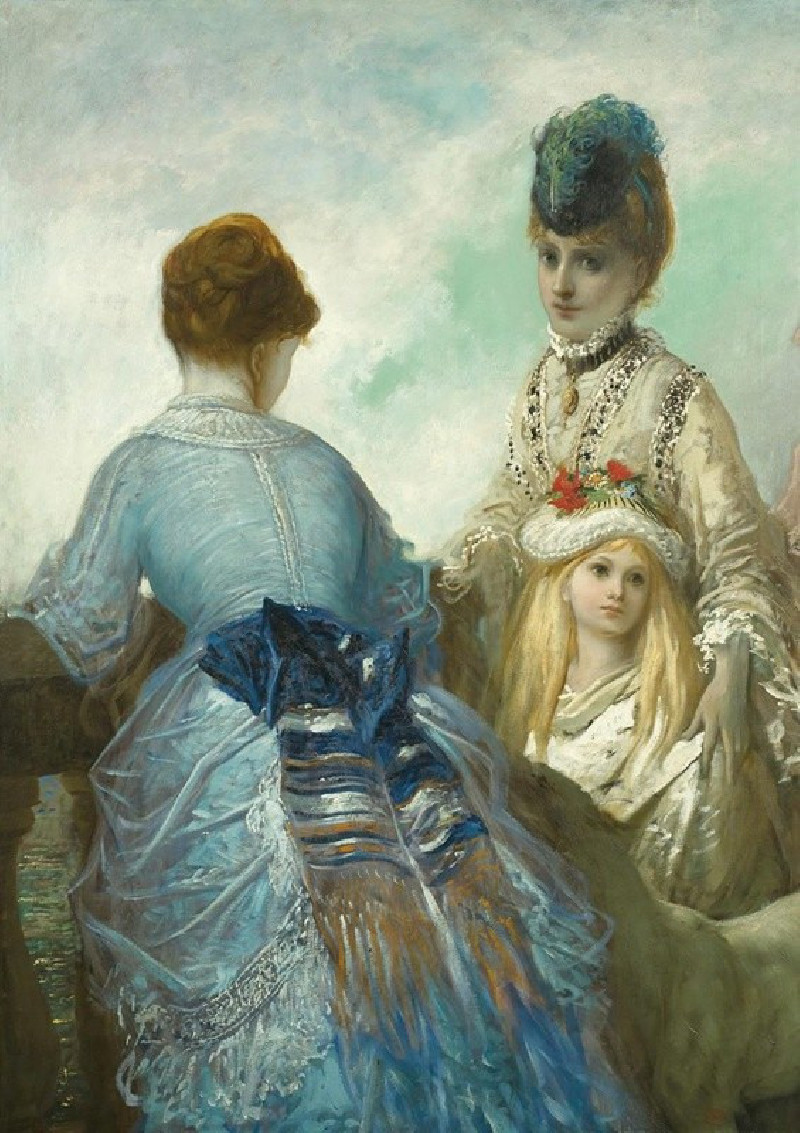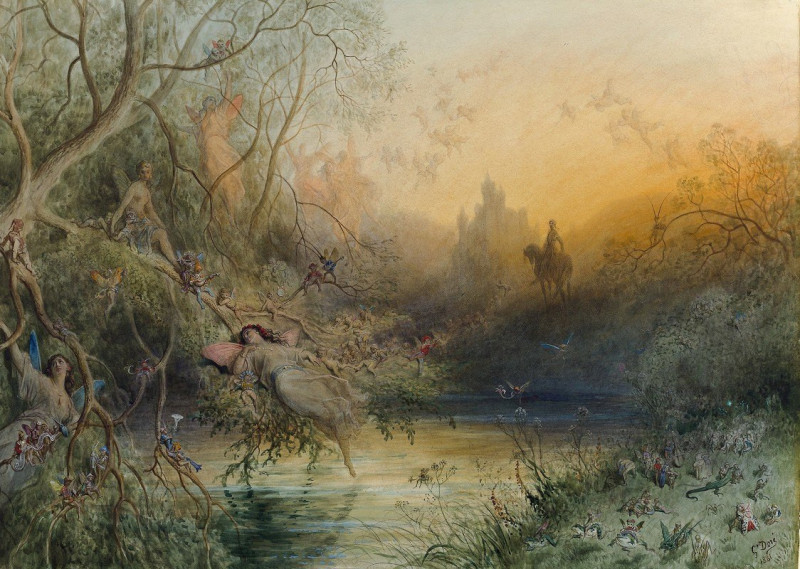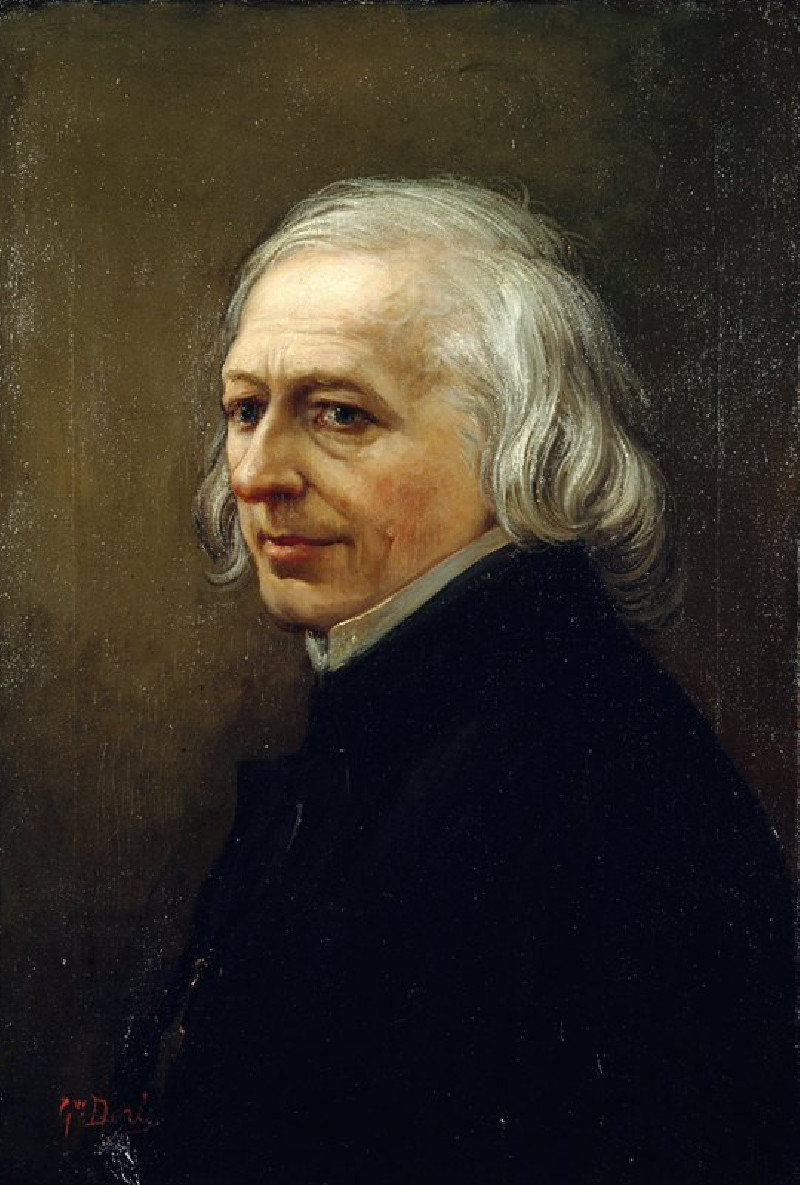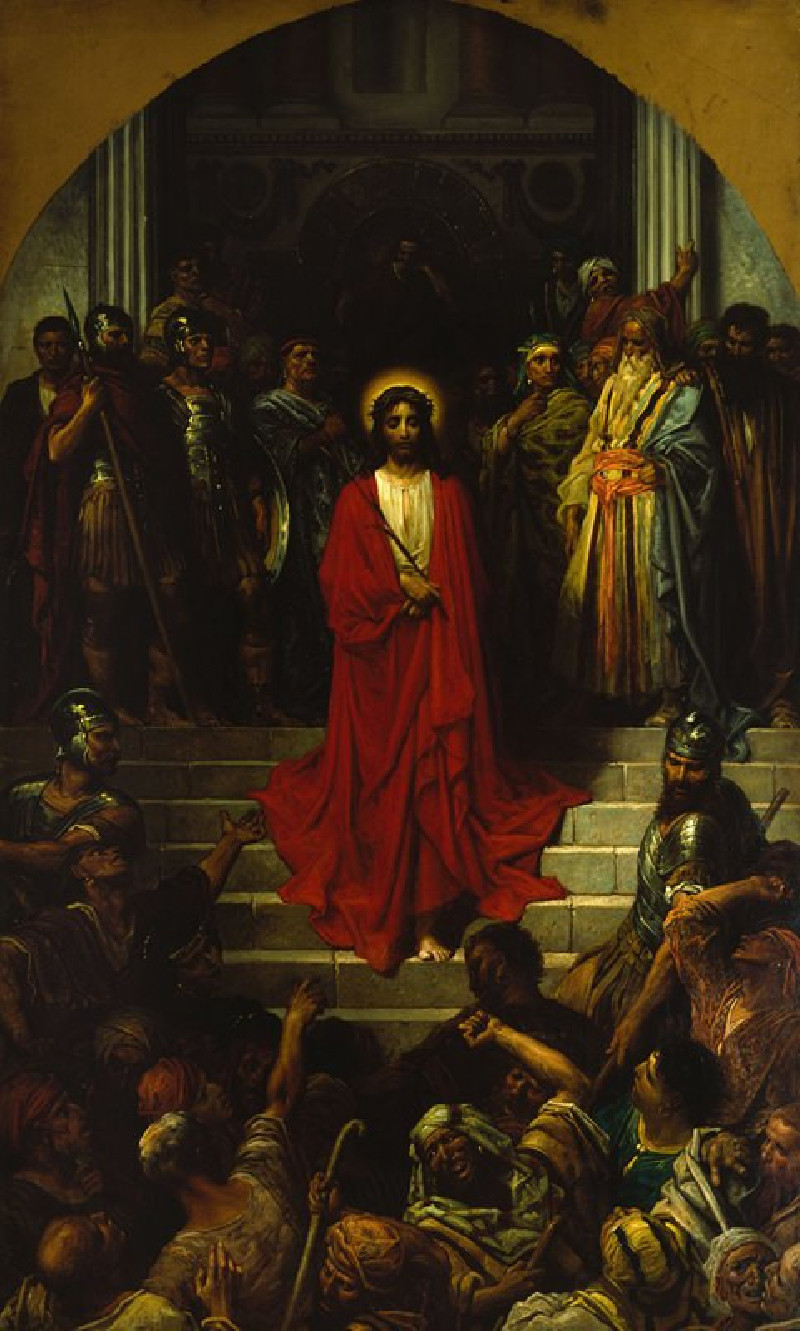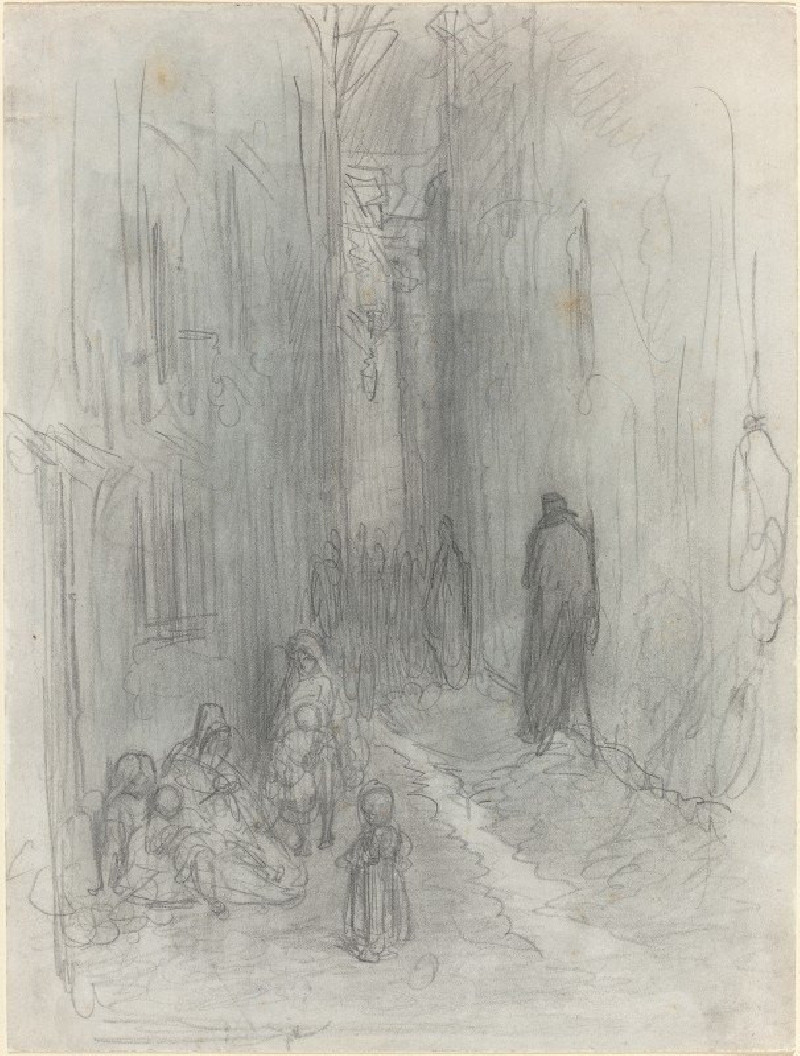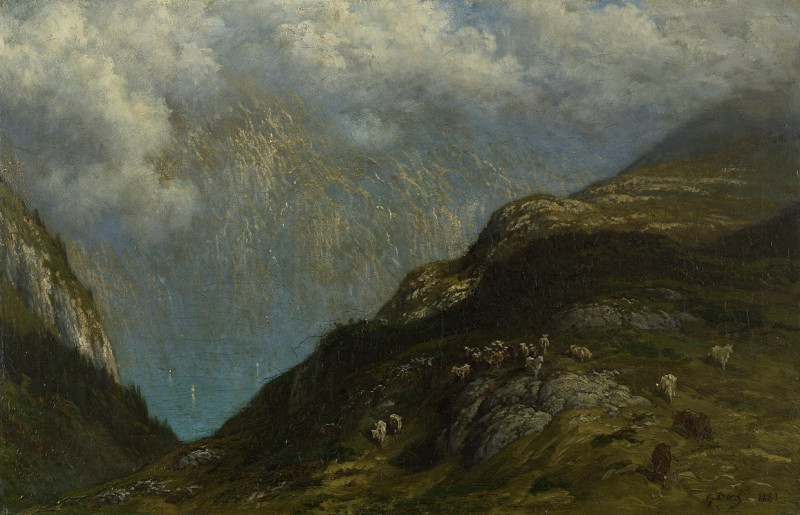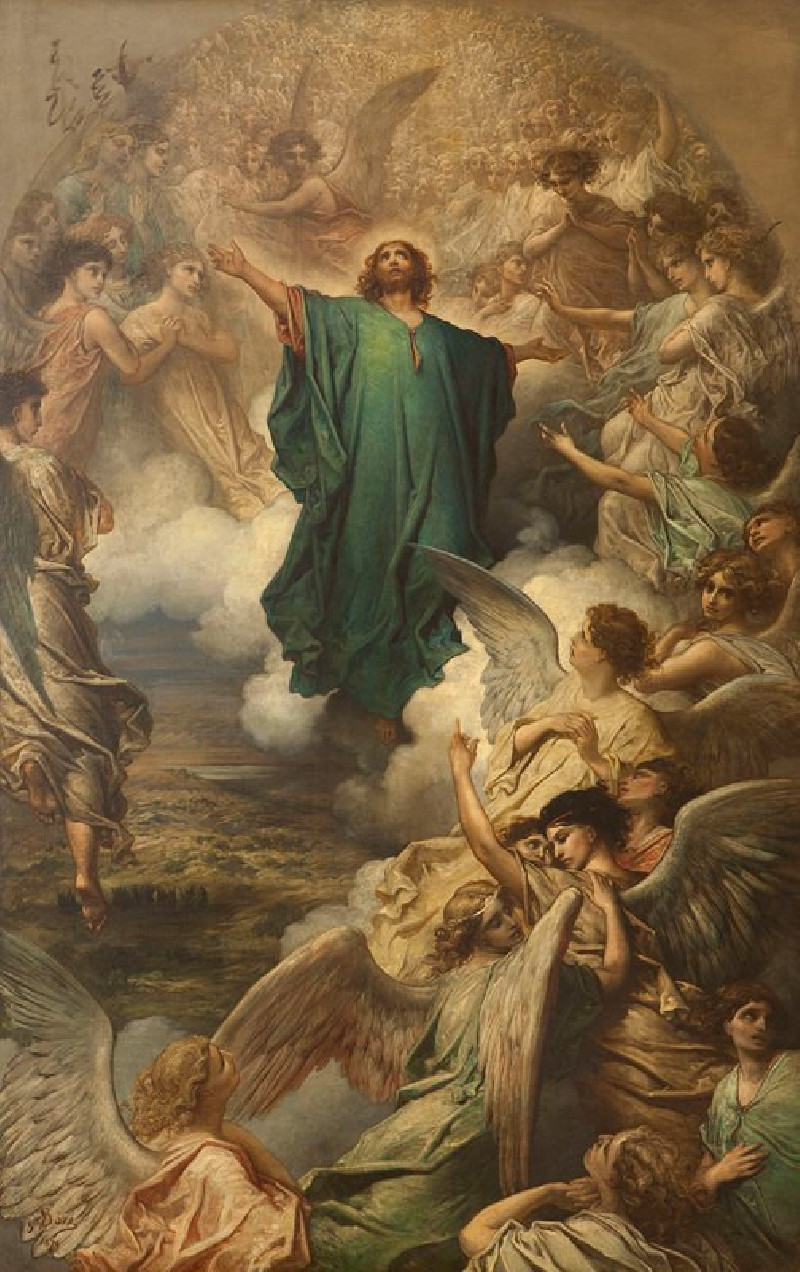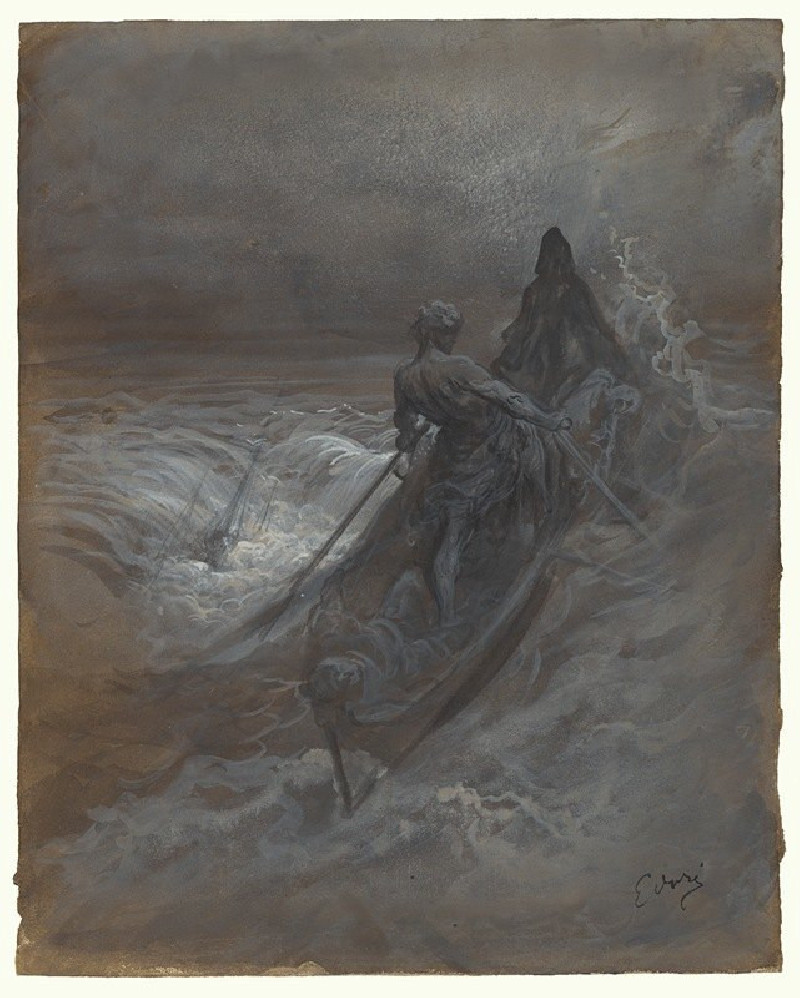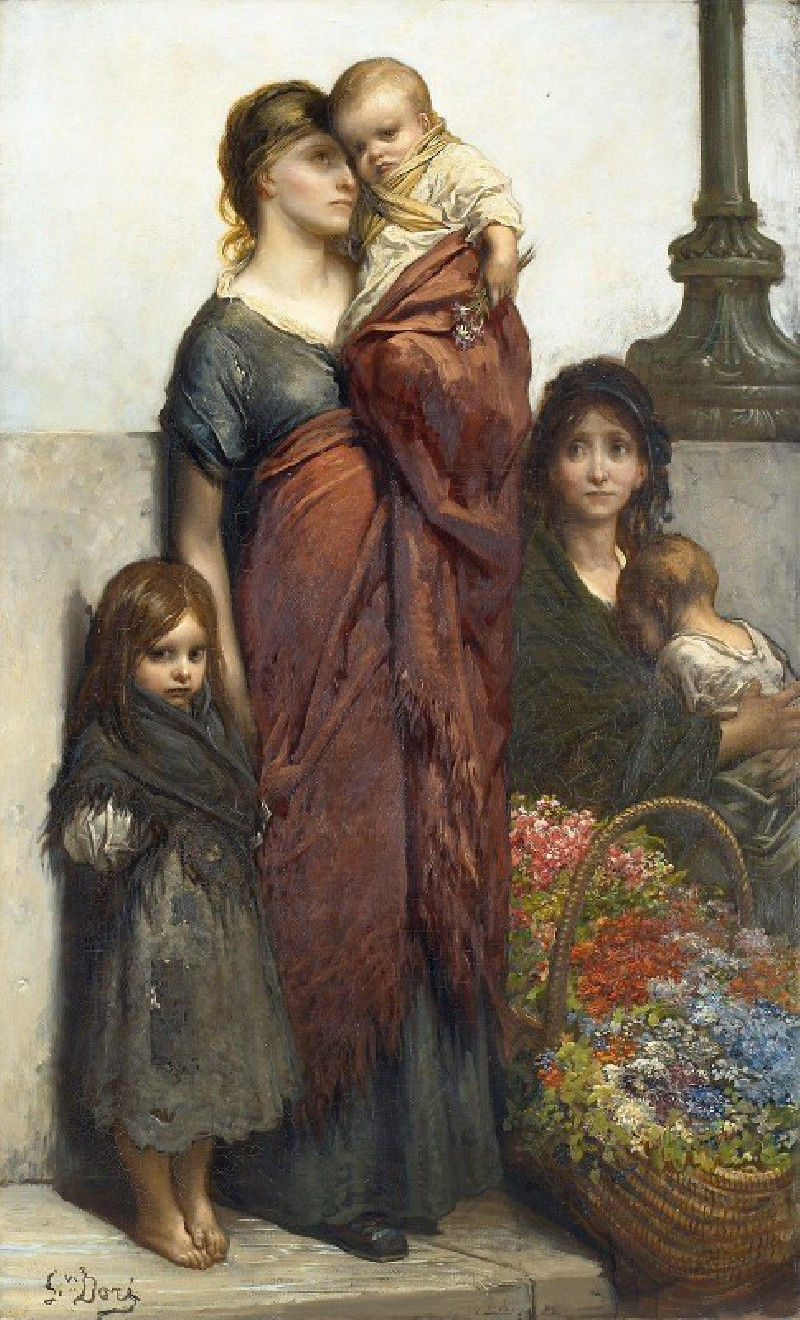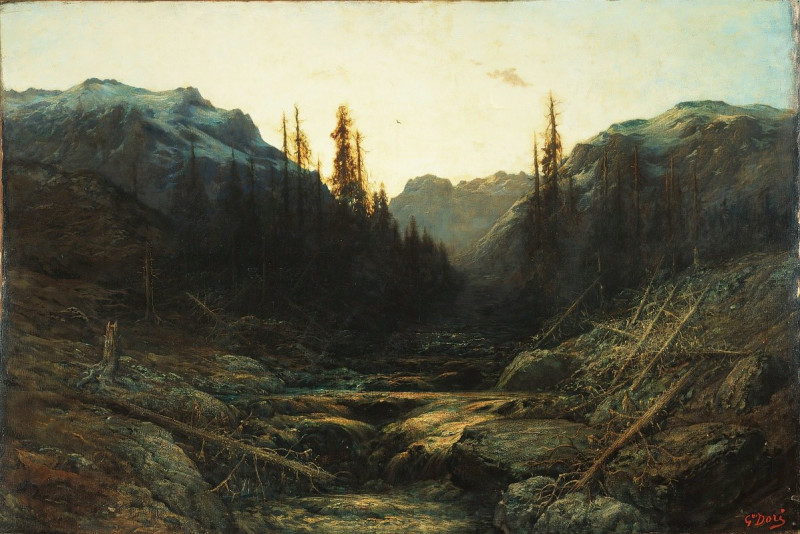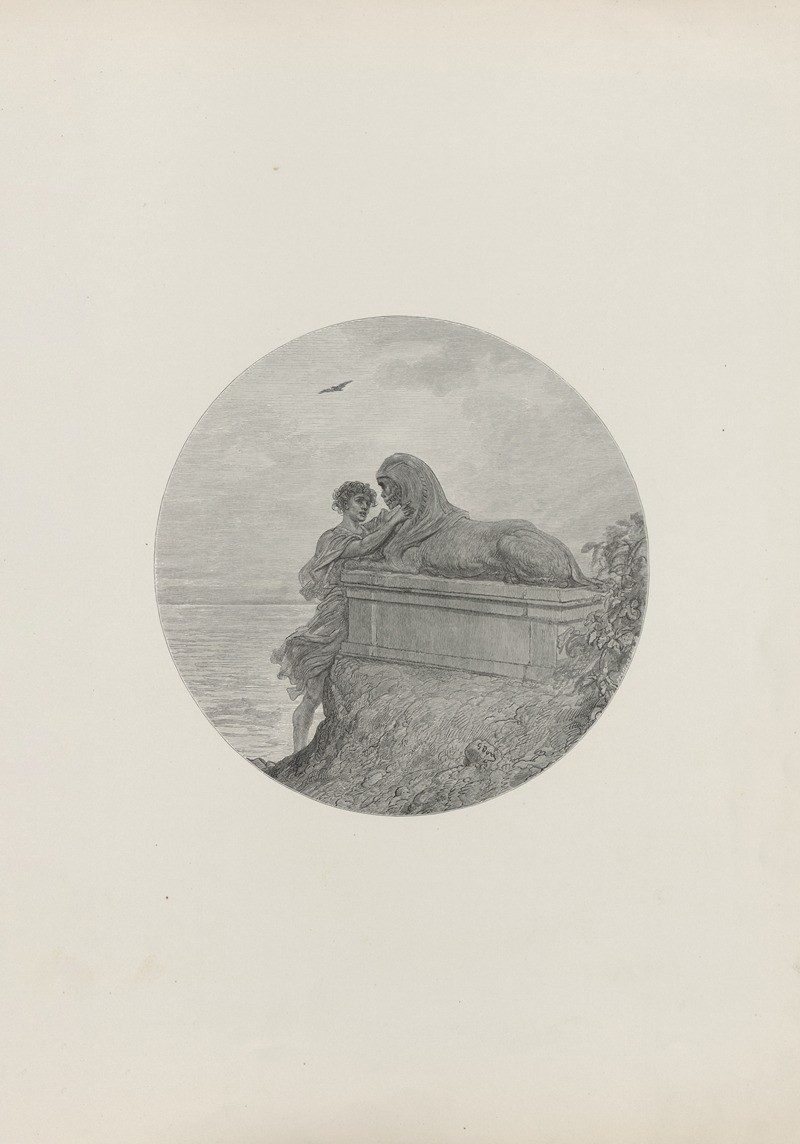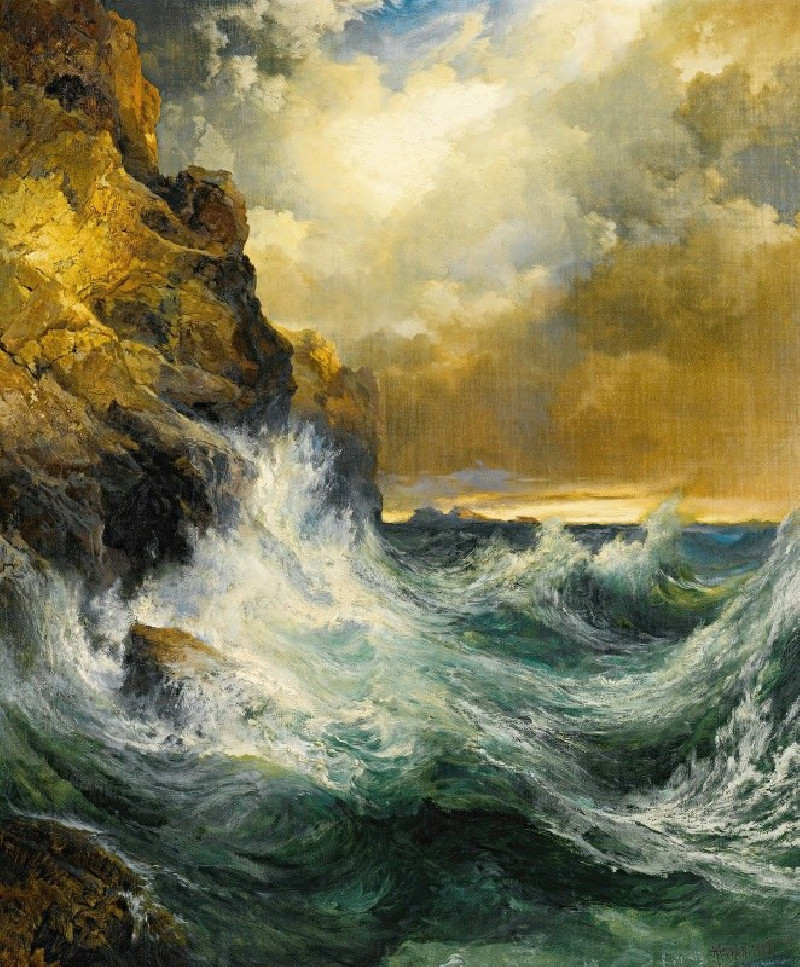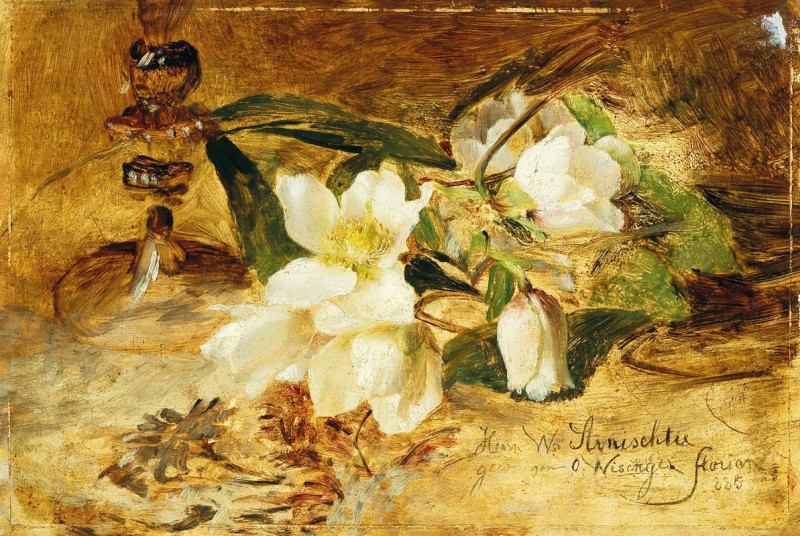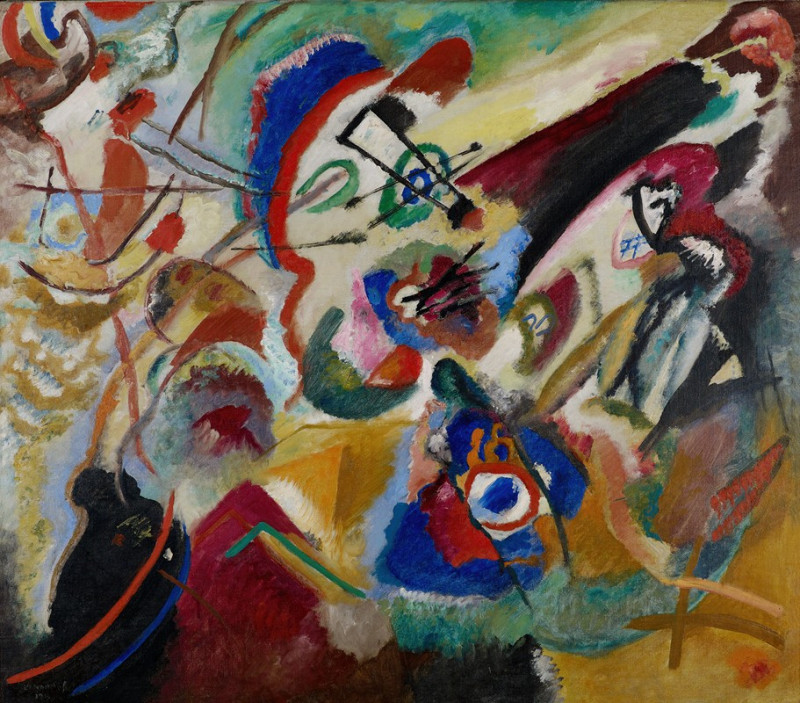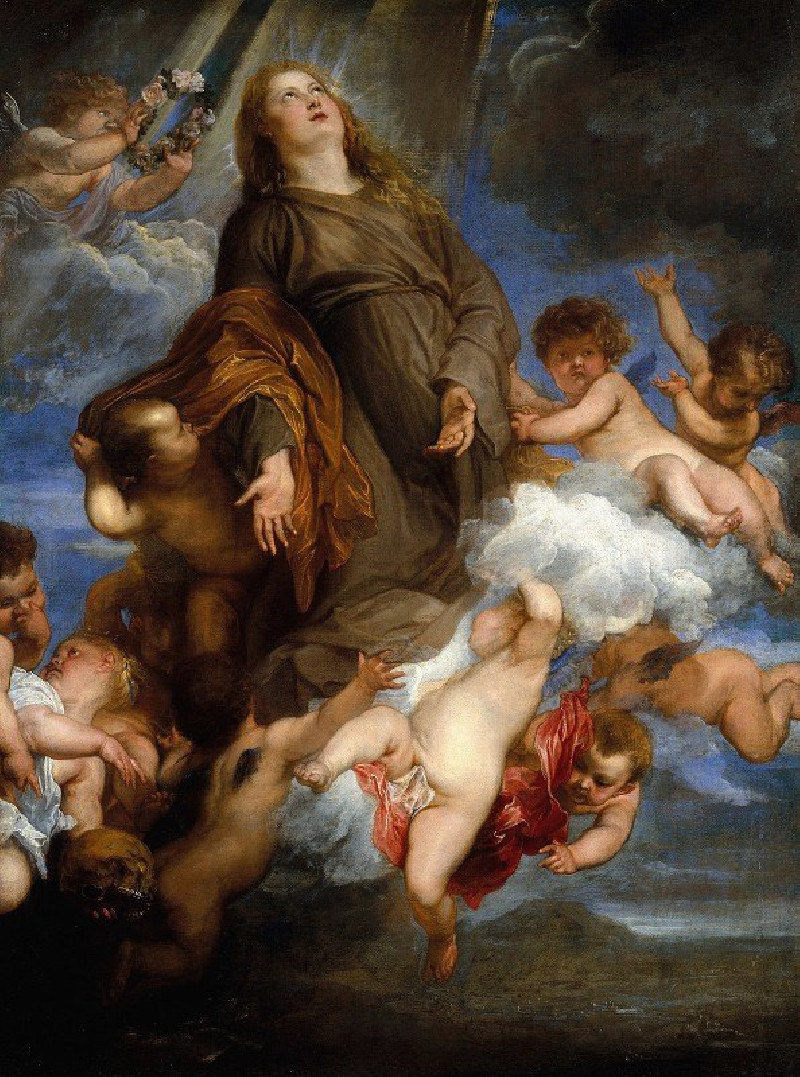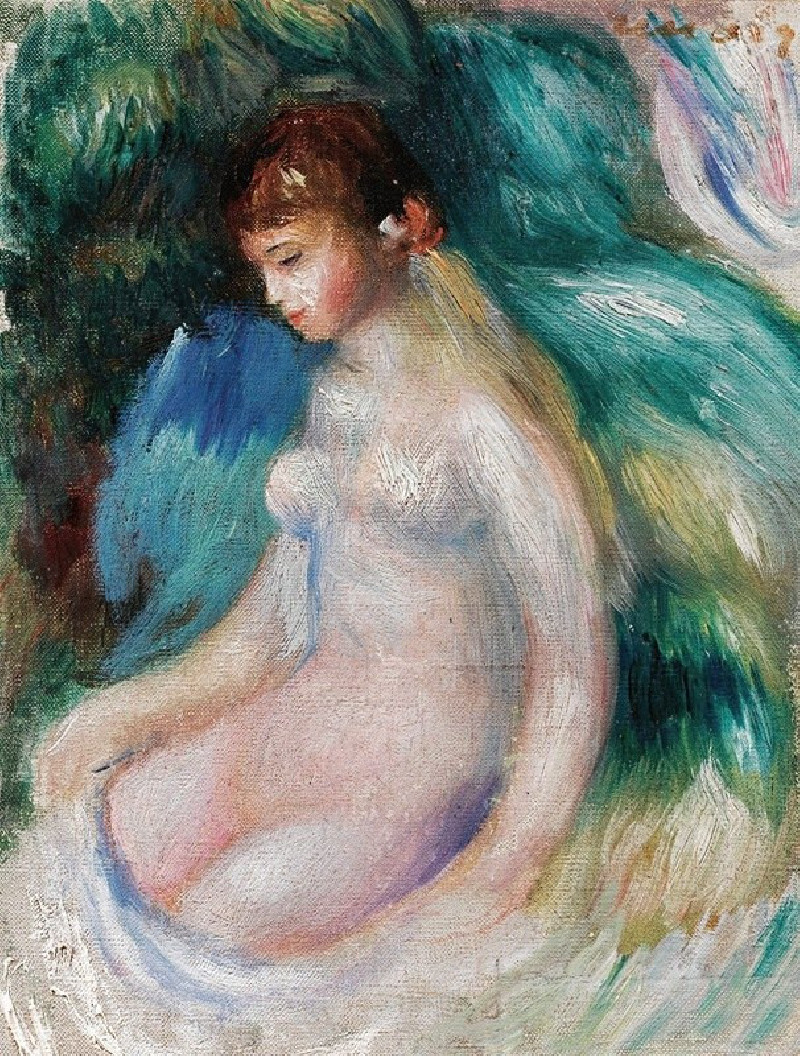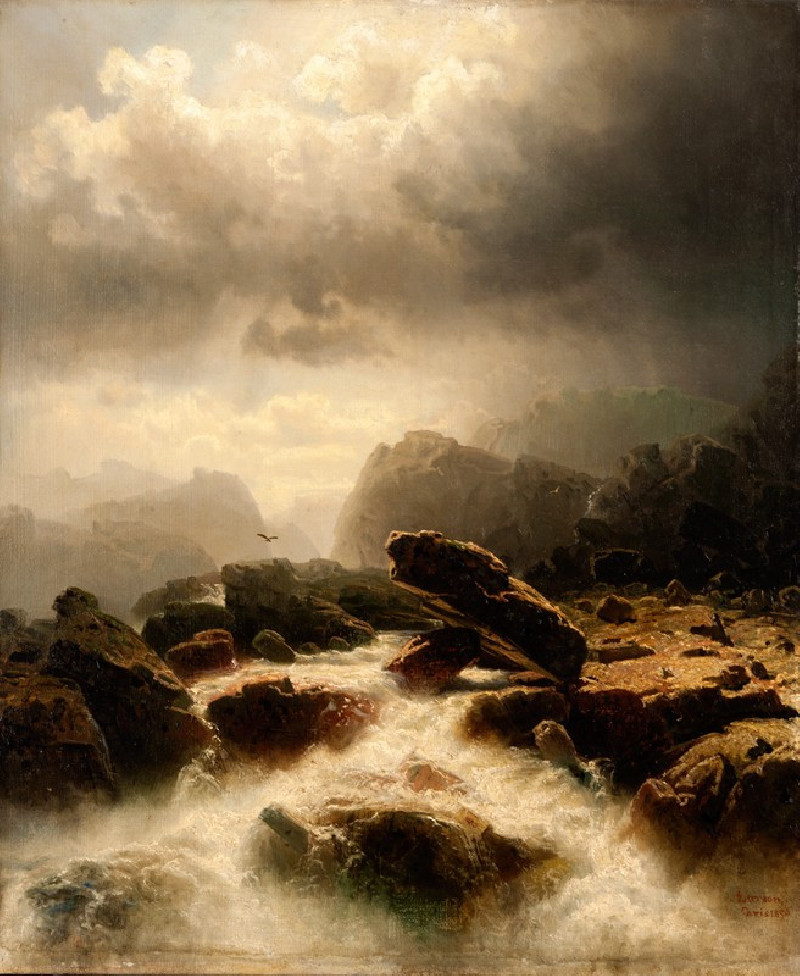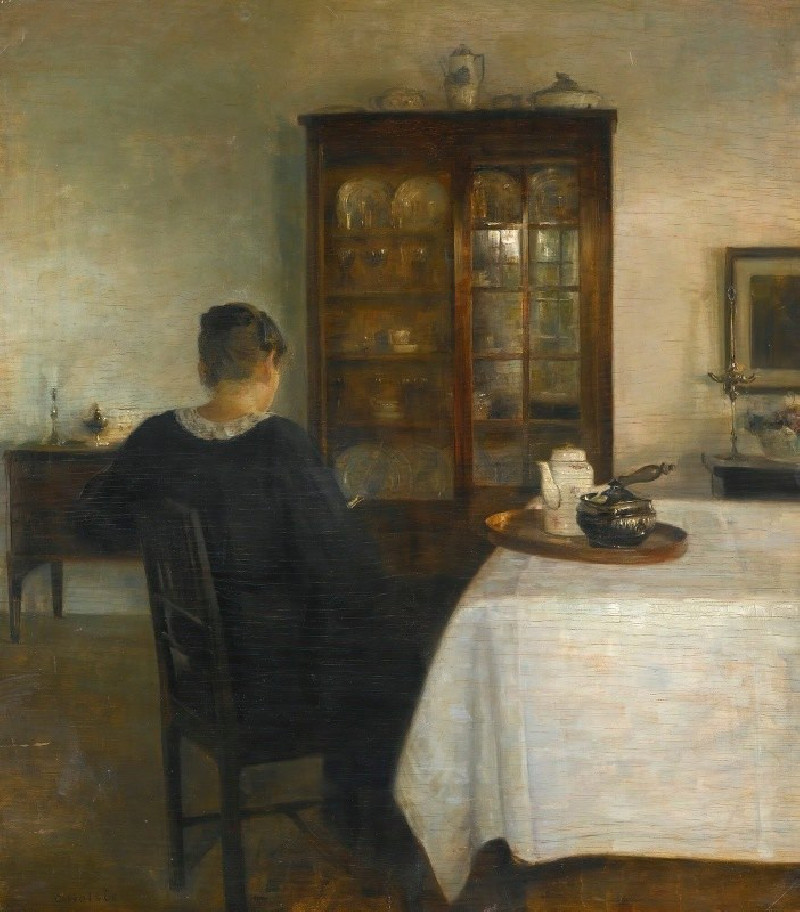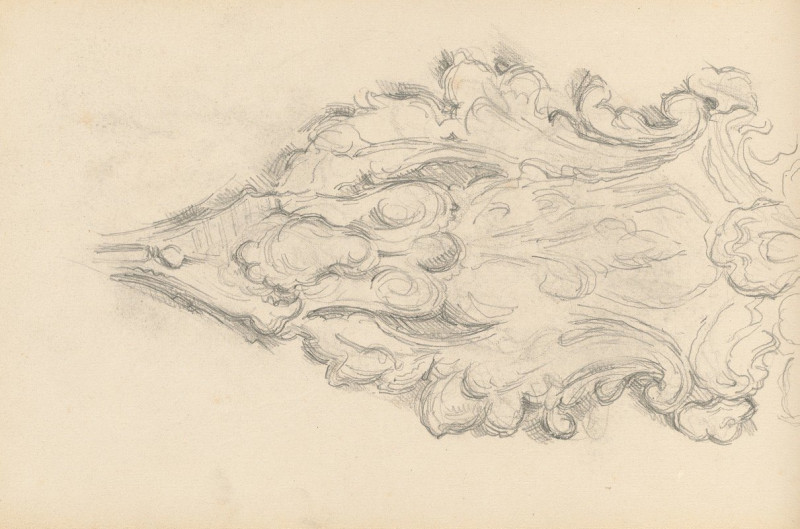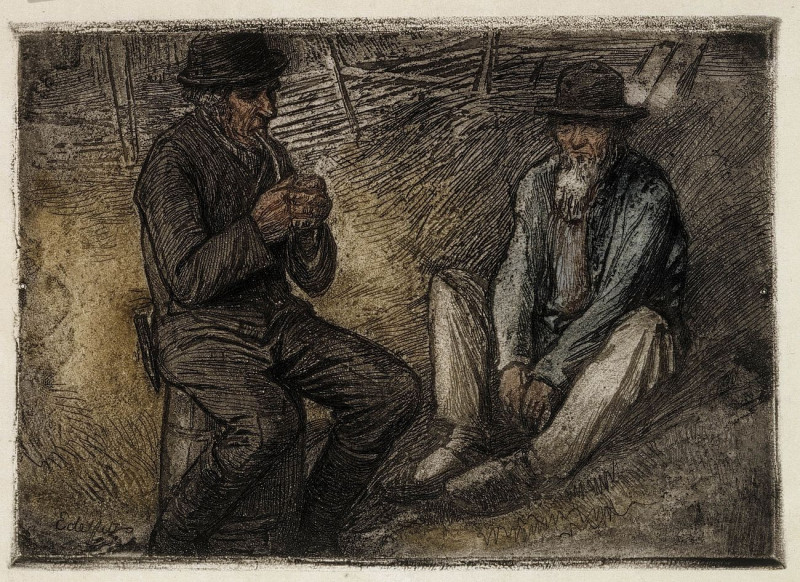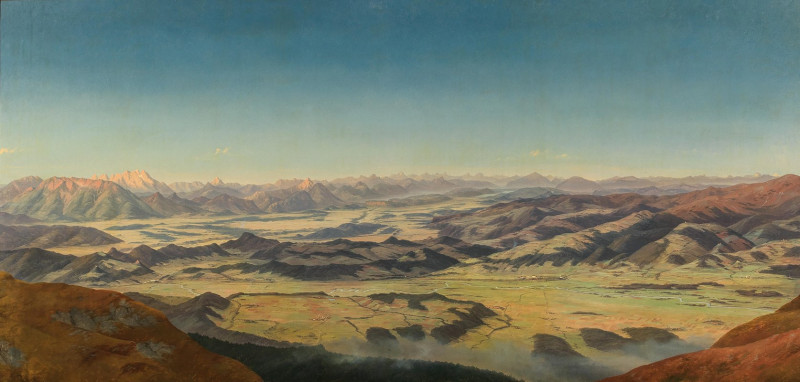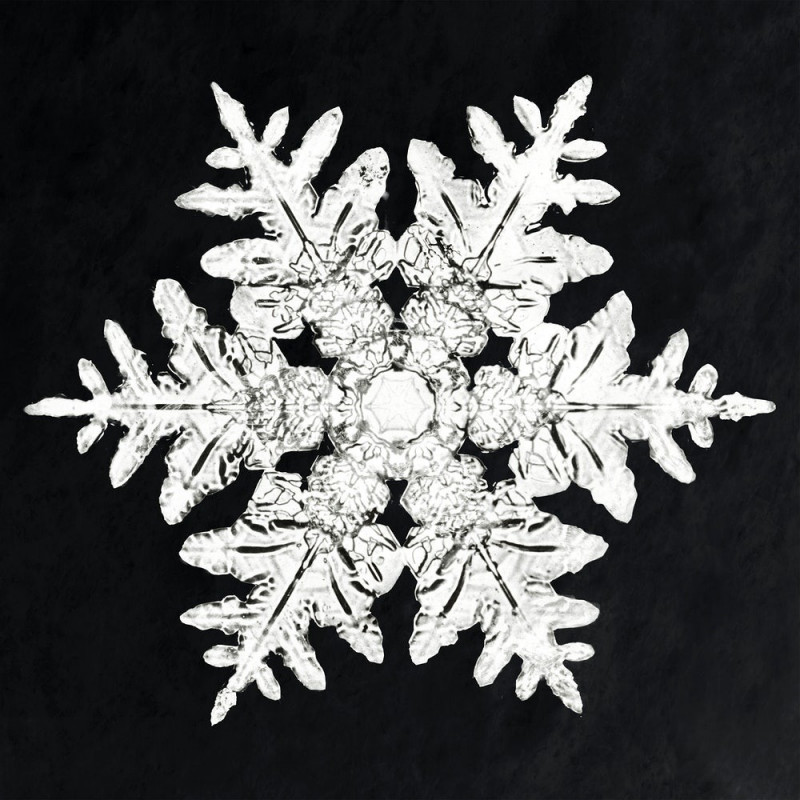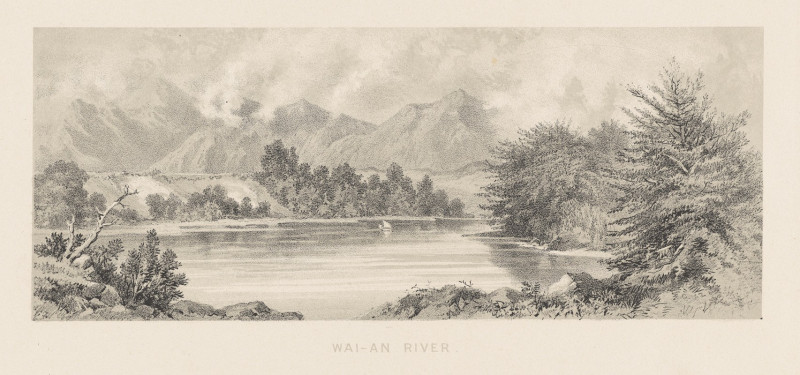An Alpine Valley with Trees and Boulders (1876)
Technique: Giclée quality print
Recommended by our customers
More about this artwork
Gustave Doré's enchanting artwork, "An Alpine Valley with Trees and Boulders" (1876), offers viewers a glimpse into the majestic tranquility of a rugged mountainous landscape. This watercolor painting meticulously captures the natural essence and raw beauty of the alpine environment.The scene unfolds in a secluded valley, surrounded by towering, craggy mountain ranges that fade into a hazy, distant horizon. The foreground is densely strewn with large, textured boulders and patches of grass, evoking the wild, untamed nature of the region. Among these rocky features, slender, towering trees thrust upwards, their dark silhouettes stark against the lighter stones and the soft sky above.Doré's use of color and light beautifully conveys the atmosphere of the alpine climate, with the cool tones and shadows suggesting the crispness of the air. The sky, peeking through the mountain peaks, adds a touch of openness to the otherwise enclosed, stony landscape.
Delivery
Returns
Paul Gustave Louis Christophe Doré (6 January 1832 – 23 January 1883) was a French printmaker, illustrator, painter, comics artist, caricaturist, and sculptor. He is best known for his prolific output of wood-engravings illustrating classic literature, especially those for the Vulgate Bible and Dante's Divine Comedy. These achieved great international success, and he became renowned for printmaking, although his role was normally as the designer only; at the height of his career some 40 block-cutters were employed to cut his drawings onto the wooden printing blocks, usually also signing the image.

